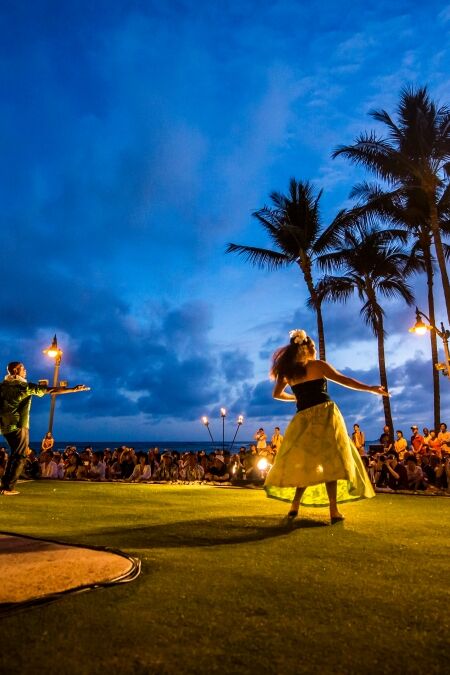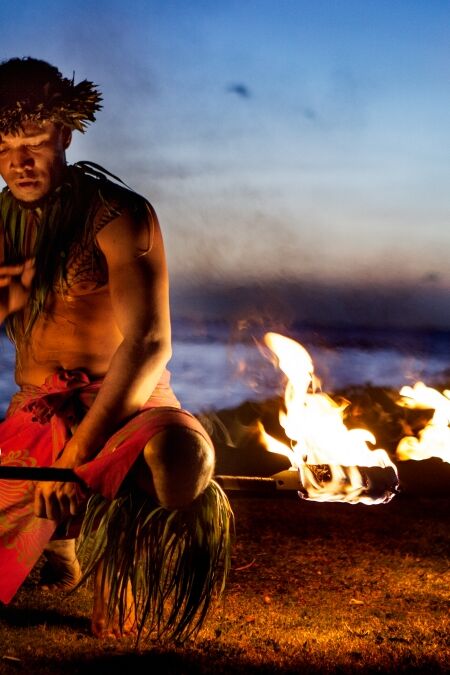Beyond the mesmerizing movements and rhythmic beats lies the spiritual essence of hula, an ancient Hawaiian dance imbued with a profound connection to the islands’ heritage. This dance form is not merely a means of storytelling or entertainment; it is a sacred ritual that captures the hearts and spirits of both the performer and the observer. In the flowing gestures and expressive motions, hula conveys deep-seated emotions and ancestral tales that reflect the Hawaiian people’s reverence for their land and deities. This article delves into the spiritual dimensions of hula, exploring how the dance serves as a living link to a rich cultural past and acts as a vessel for the perpetuation of sacred Hawaiian traditions.
The Roots of Hula
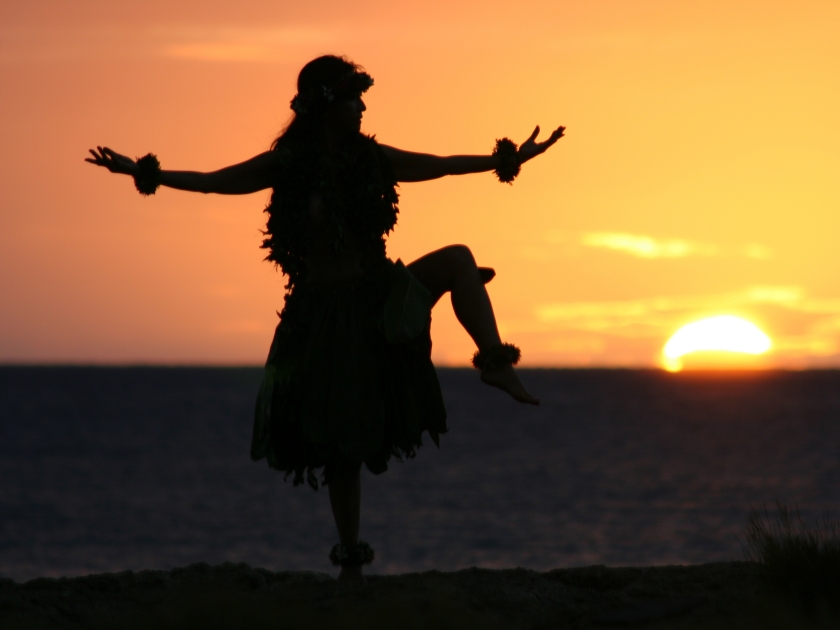
Long before glossy brochures and luaus for tourists, hula was born from the very soil of Hawai’i, with deep roots entwined with the sacredness of the land and the reverence for the gods. Ancient Hawaiians believed that hula was divinely inspired, a gift from the gods to the people, particularly the goddess Laka who is celebrated as the patron of hula. She is often honored with a dedicated altar (kuahu) in the hālau hula (hula school), which is adorned with offerings from nature. As a vessel of Hawaiian oral traditions, hula was more than mere storytelling; it was a bridge between the divine and the mortal, a form of worship and a chronicle of history, passed down through generations with great respect and care.
Evolution of Hula Through Hawaiian History
As Hawaii’s cultural landscape evolved over centuries, so did hula. The dance form transformed, adapting to the changing socio-political and cultural dynamics of the Hawaiian islands. Initially performed in sacred spaces, hula later expanded its reach, becoming an integral part of various ceremonies, festivals, and everyday life. It transitioned from being exclusively associated with religious practices to a more inclusive form of artistic expression. The evolution of hula reflects the resilience and adaptability of Hawaiian culture throughout history.
Hula as a Sacred Ritual
Hula is deeply interwoven with the sacred rituals of Hawai’i, serving as a medium through which Hawaiians connect with their deities and honor their natural surroundings. It was originally performed in religious ceremonies, its movements and chants reenacting the stories of gods and the creation of the islands. The dance was not merely a form of entertainment, but a sacred act that invoked the mana, or divine power, that Hawaiians believe imbues all living things. Every aspect of the performance, from the making of the costumes to the gathering of the plants used in lei-making, is handled with reverence. This respect for the sacredness of hula has been passed down through generations and remains a cornerstone of its practice today.
The Significance of Chanting (Oli) and Music (Mele) in Hula
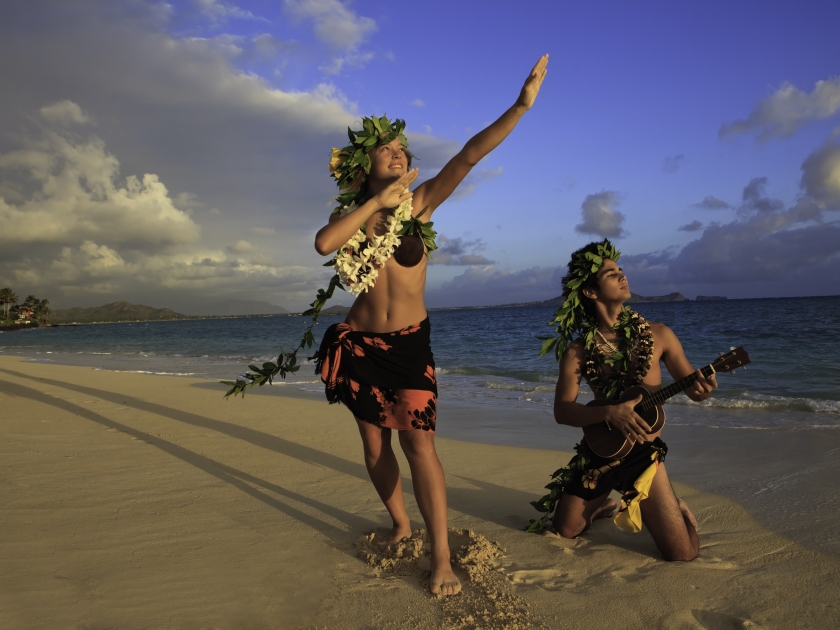
Chanting (oli) and music (mele) are integral components that elevate hula to a spiritual realm. The chanting serves as a vocal invocation, weaving a sonic tapestry that enhances the spiritual atmosphere of the dance. Mele, or traditional Hawaiian songs, contribute to the emotional and spiritual depth of hula performances. The lyrics often narrate stories of the land, mythology, and the connection between the people and the divine. Through the harmonious interplay of oli and mele, hula practitioners immerse themselves in a spiritual experience that transcends the physical movements.
Rituals and Ceremonies Associated with Hula as a Spiritual Practice
essitates both physical and spiritual preparation. Before dancers even step onto the dance floor, they partake in ceremonial practices like the `hiuwai`, a predawn ritual purification in the ocean. The `piko`, representing a dancer’s spiritual center, is also of great importance, and gestures in hula often revolve around protecting or emphasizing this sacred site on the body. Dancers train under the watchful eye of a `kumu hula`, a master teacher who not only imparts the steps and movements of the dance but also instills a deep reverence for the cultural traditions, the ancestral wisdom, and the spiritual discipline that hula demands. In learning the hula, one is not merely memorizing motions but rather embracing a way of life that honors the past, cherishes the present, and prepares the sacred space for the future.
Meaning Behind Symbols and Gestures in Hula
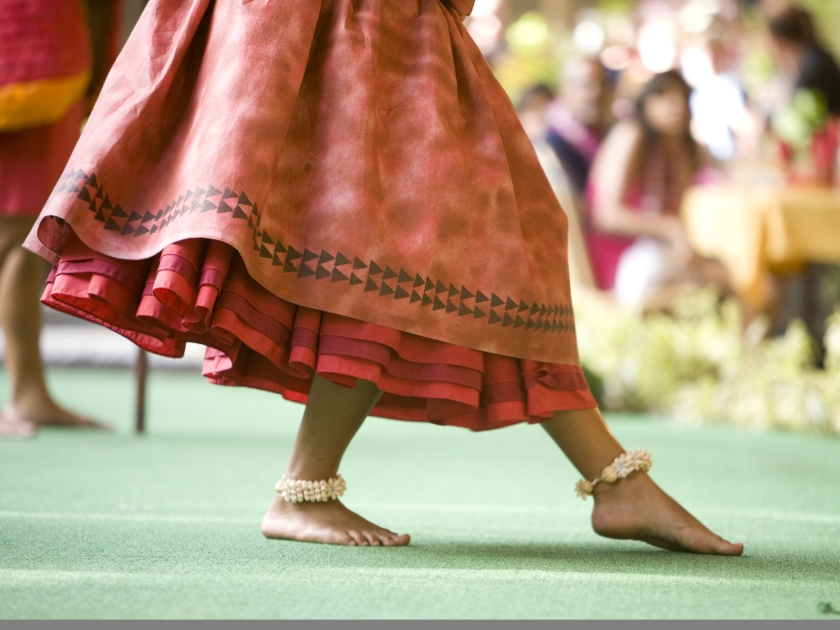
Every aspect of the hula is rich with symbolism, from the swaying of the hips to the subtle hand movements, which together serve to narrate the stories of creation, love, and warfare. To the uninitiated eye, these gestures are graceful and aesthetically pleasing movements, yet to the kumu hula (hula teachers), they are a language without words. The hands can represent elements of nature, such as the ocean waves or the wind rustling through leaves, while the feet’s patterns can symbolize the journey of the gods or the flow of lava from the islands’ volcanoes. Importantly, these symbols and gestures are not arbitrary; they are steeped in a tradition that demands precision and understanding, ensuring that the sacred tales passed down through generations remain intact and culturally reverent.
The Role of Kumu Hula (Hula Teachers)
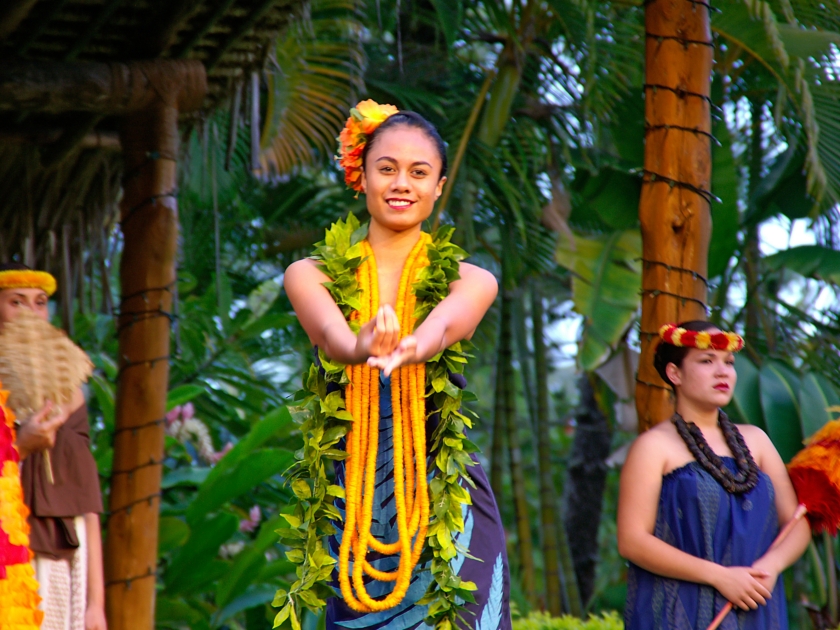
Kumu Hula, the revered teachers of hula, are custodians of an ancient lineage, responsible for the preservation and dissemination of the dance’s sacred traditions. They are more than instructors; they are guardians of Hawaiian cultural wisdom, tasked with imparting not only the physical techniques but also the philosophical and spiritual teachings embedded in Hula. A Kumu Hula embodies the spirit of the dance and acts as a bridge between the past and present, ensuring the authenticity of the narratives and the integrity of the cultural practices. With a deep understanding of the intricacies of Hawaiian language, history, and customs, these esteemed mentors guide their students, or haumāna, through a profound cultural journey—a rite of passage steeped in reverence, discipline, and heartfelt connection to the Hawaiian way of life.
The Teacher-Student Spiritual Relationship in Hula Traditions
The bond between Kumu Hula and their haumana (students) transcends ordinary teacher-student interactions, forging a connection deeply rooted in spirituality and mutual respect. Revered as custodians of hula’s sacred traditions, Kumu Hula imbue their teachings with lessons of life and spirituality, emphasizing the importance of living ‘Pono’—in harmony and with righteousness. Students are expected to absorb not just the physical movements, but also the aloha spirit— a compassionate attitude that aligns with the ethos of hula. This reciprocal spiritual relationship is pivotal, creating an atmosphere where dance and devotion seamlessly intertwine, and every step becomes a journey toward personal and communal enlightenment.
Hula’s Healing Powers
Integrating hula into therapeutic settings has yielded remarkable results in mental health spheres. Clinical studies and wellness programs have begun to recognize the intrinsic therapeutic value of hula, using its movements and philosophy as a form of expressive therapy. Health professionals have noted that the rhythmic sways and storytelling aspects of hula encourage mindfulness and emotional release, offering a unique way for individuals to address stress, depression, and anxiety. Additionally, the group dynamics often involved in hula dancing promote social connection and support, key components in fostering mental well-being. As a culturally grounded practice, hula allows participants to experience healing not just through physical motion, but through the profound cultural resonance that embodies the dance, embracing holistic health that touches mind, body, and spirit.
Hula in Connecting with Spirituality in Today’s Context
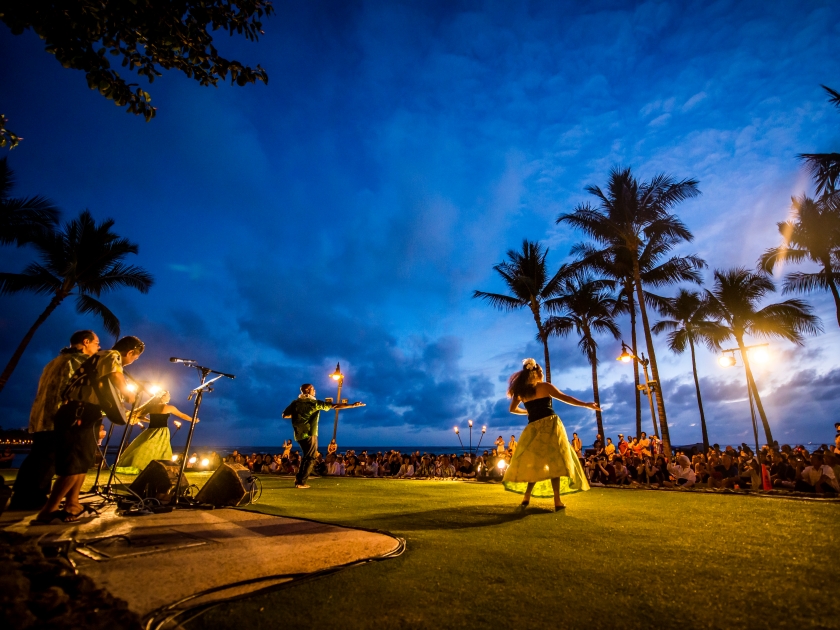
Hula continues to play a vital role in connecting individuals with spirituality in the context of the modern world. In a fast-paced and ever-changing society, hula provides a sanctuary for self-reflection, mindfulness, and a deeper connection with one’s spiritual self. The rhythmic movements and soulful chants serve as a form of meditation, allowing practitioners and audiences alike to tap into a sense of spiritual tranquility. In today’s context, hula serves not only as a cultural treasure but also as a powerful tool for individuals seeking a meaningful and spiritual connection amid contemporary challenges. Through its adaptability and timeless essence, hula remains a source of inspiration and a conduit for spiritual exploration in the modern era.
How to Experience the Spiritual Side of Hula
Participate in Hula Classes and Workshops: Experiencing the spiritual side of hula begins with active engagement, and participating in hula classes and workshops offers a hands-on approach to this enriching journey. Hula classes provide individuals with the opportunity to learn the intricacies of the dance, understand its historical and spiritual context, and embody the cultural expressions embedded in each movement. Instructors often guide participants not only in the physical aspects of hula but also in connecting with the spiritual elements, fostering a deeper understanding of the dance as a spiritual practice.
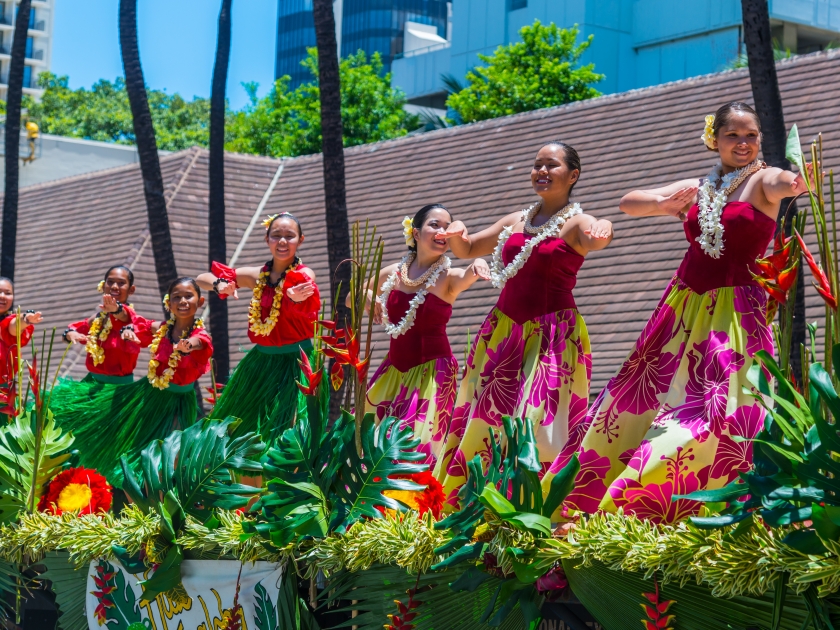
Attend Traditional Hula Performances and Events: Immersing oneself in the captivating atmosphere of traditional hula performances and events is another avenue to experience its spiritual essence. Witnessing seasoned practitioners perform with grace and precision allows individuals to absorb the energy and intentionality of the dance. Traditional hula events often feature cultural rituals, storytelling, and the vibrant interplay of chanting and music, creating a holistic experience that transcends the boundaries of mere observation. Attendees can feel the spiritual resonance and appreciate the sacred nature of hula within the communal context.
Current Efforts to Preserve the Spiritual Traditions of Hula
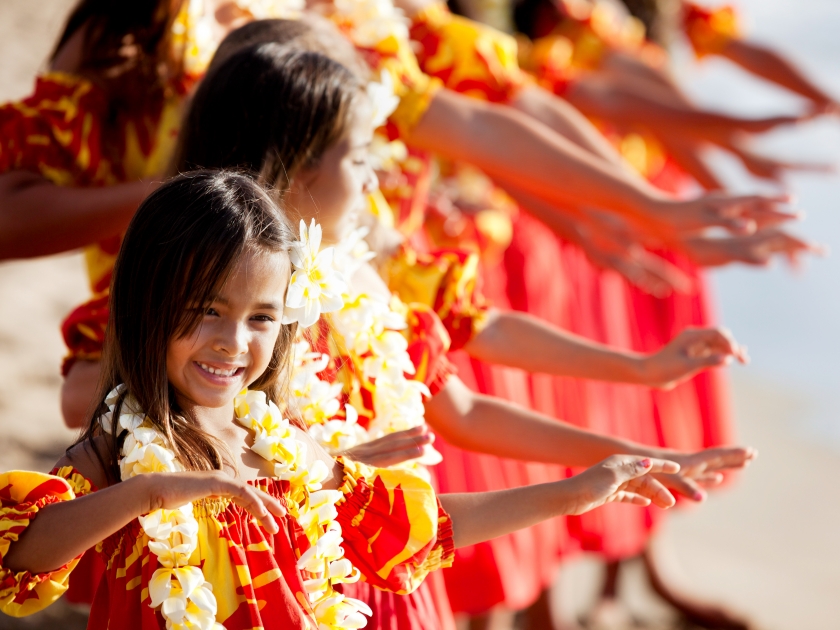
In the face of globalization and modernity, concerted efforts are underway to protect and perpetuate the spiritual essence of hula. Cultural practitioners and kumu hula orchestrate workshops and hālau hula (hula schools) not just to teach the physical movements, but to immerse students in the Hawaiian language, chants, and philosophies that underpin the dance. Festivals like the Merrie Monarch Festival uphold the sanctity of hula by emphasizing its historical and cultural significance alongside its competitive performances. Moreover, initiatives such as the establishment of cultural heritage sites and the implementation of educational programs in schools aim to fortify the presence of hula in both communal and academic settings, ensuring that the spiritual side of hula continues to flourish for generations to come.
Spirituality Forms the Cornerstone of Hula
As we continue to uncover the layered depths of hula’s spiritual dimensions, we are reminded of its profound capacity to connect us to a heritage rooted in the harmony of the natural world and the wisdom of ancestors. The responsibility lies within us to approach Hula with the reverence it deserves, striving to understand and honor the wisdom it imparts. It is not enough to observe; one must engage deeply, recognizing hula as a sacred communion with the divine facets of Hawaiian culture. By delving into the spiritual essence of hula, we enrich not only our understanding of this captivating art form but also our respect for a culture that has preserved its traditions against all odds, offering a testament to the resilience of spirituality in the face of modernity.


